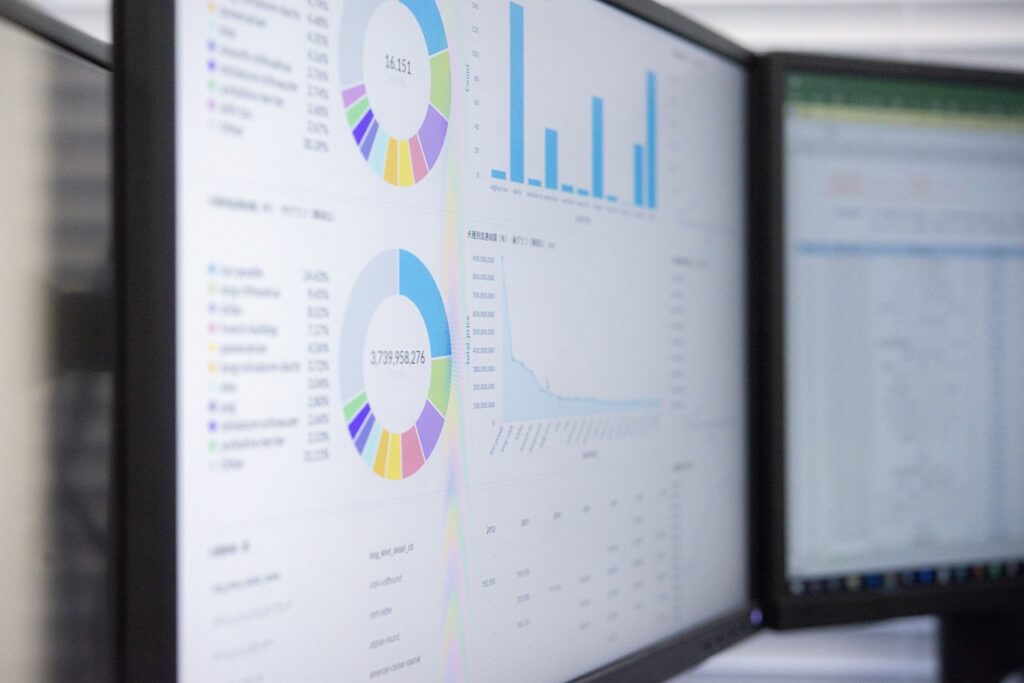Big data testing is a specialized process that ensures the accuracy, validity and reliability of large and complex datasets so that organizations can make well-informed decisions.
Why Big Data Testing?
While traditional database testing remains relevant, this type of testing cannot handle the large amounts of data that is ingested, stored and processed in an environment designed to handle such an exponential growth of data. Moreover, big data testing can test unstructured, semi-structured and structured data quickly while the former works mostly with structured data.
Purpose & Common Tools Used
With these clear differences, this is what big data testing assesses:
- Data quality.
- Data structure.
- Anomalies due to potential bottlenecks or failures.
- Bias, efficiency and accuracy of machine learning models.
From start to finish, each of these areas of testing verifies whether data ingestion, storage, processing, analysis & visualization, as well as output, works as intended.
Security, functional and performance testing also play an important role in big data testing. Common tools used to serve some of these functions in big data processing include Apache Hadoop & Spark, HP Vertica, Tableau, Cassandra, HPCC and Storm.
Benefits
Conducting big data testing results in the:
- Improvement of data quality and accuracy.
- Increase of efficiency and performance.
- Reduction of costs associated with data storage.
- Elimination of risks and errors to a large extent.
- Meeting compliance and security requirements.
If the data meets testing standards, organizations can not only improve customer service and drive operational efficiency but also foresee and eliminate risk to products or services. Most importantly, making well-informed decisions and outperforming competitors becomes a reality. These are benefits that are worth their weight in gold.

Challenges
Now, given the complexity, sheer volume and velocity of data, there are several challenges that persist with big data testing such as:
- Navigating complex datasets with varying formats and changing structures.
- Driving optimal performance for high data loads.
- Protecting sensitive information.
- Finding qualified big data testers.
- Keeping up with the evolution of big data tools and technologies.
- Requiring large investments to implement a big data testing strategy.
Best Practices
Now, to implement big data testing correctly for the right results, here’s a list of best practices to keep in mind:
- Test areas that are aligned with business needs.
- Automation can make the testing process efficient.
- Opt for cloud-based testing platforms as they provide efficiency and scalability.
- Build a test environment that simulates production.
- Use a variety of data sampling techniques.
- Generate synthetic test data that imitates real-world scenarios.
- Evaluate the performance of big data processing applications under maximum duress.
- Validate and verify data for accuracy and consistency is most important.
- Establish performance benchmarks to improve efficiency.
- Evaluate system scalability for load increases.
